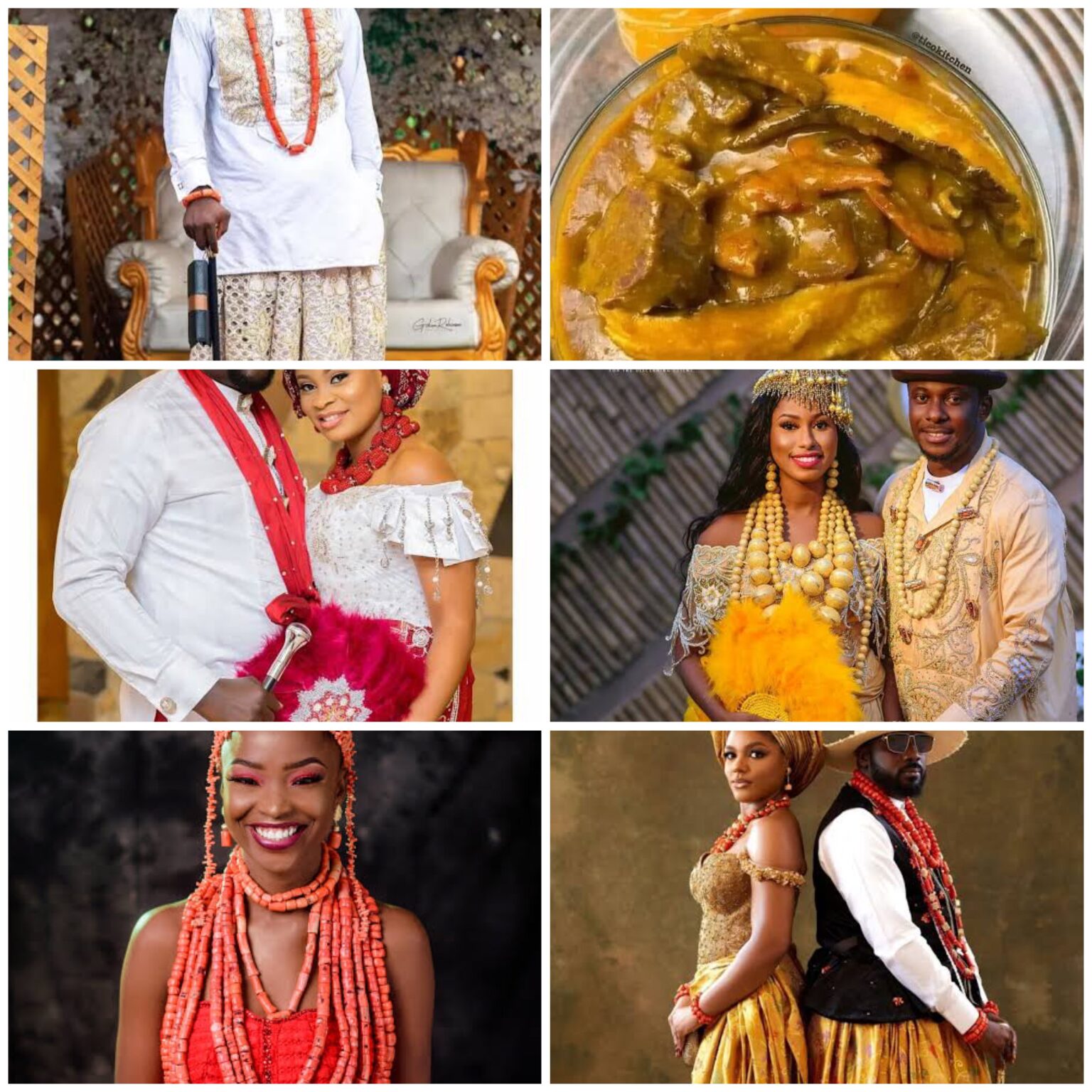By: Lily-white O Esigbone
The cultural similarities between the Itsekiri, Urhobo, Isoko, and Ijaw ethnic groups in Nigeria are rooted in their shared history, traditions, and beliefs. These ethnic groups are all part of the larger Niger Delta region and have interacted with each other over centuries, leading to the exchange of cultural practices and customs.
One of the key cultural similarities among these groups is their traditional reliance on fishing and farming for sustenance. They also share common cultural practices such as storytelling, music, and dance, which play an essential role in preserving and passing down their history and values to future generations.
Additionally, these ethnic groups often participate in elaborate traditional ceremonies and festivals to celebrate important milestones or events in their communities. These events serve as opportunities for social bonding, cultural expression, and the promotion of unity among the people.
Despite their unique identities and languages, the Itsekiri, Urhobo, Isoko, and Ijaw ethnic groups share a deep connection to their land, waterways, and ancestral heritage, which form the basis of their cultural similarities and interconnectedness.
The ethnic similarities shared among the Itsekiris, Ijaws, Isokos, and Urhobos can be traced back to intermarriage and cohabitation. In the late 18th and early 19th centuries, the Urhobos migrated in large numbers to the Itsekiri region in search of better opportunities during the oil palm boom. This led to a blending of cultures, where they lived as both masters and domestic workers alongside the Itsekiris.
This cohabitation facilitated the sharing of food, clothing, and cultural practices between the two groups, resulting in the adoption of certain traditions and customs. For instance, the Itsekiris refer to yam pepper soup as “Epuru,” while the Urhobos call it “Ukodo.” Similarly, the Itsekiris term a particular soup “Owo,” while the Urhobos call it “Ogwho.”
Furthermore, in terms of marriage rites, both the Itsekiris and Urhobos have incorporated elements from each other’s traditions. While the Itsekiris traditionally used 12 shellings for marriage ceremonies, the Urhobos utilized #120. This cultural exchange highlights the deep historical ties and the years of coexistence that have fostered a bond between these ethnic groups.






